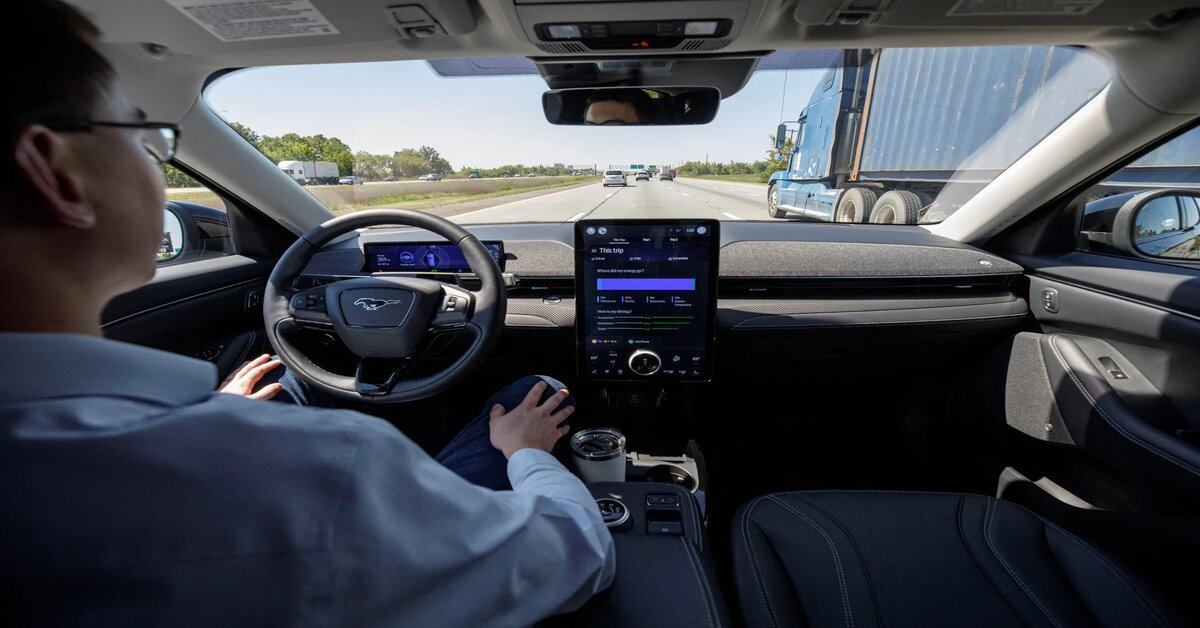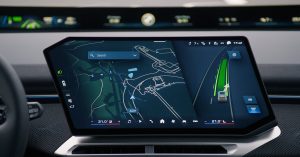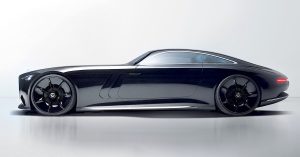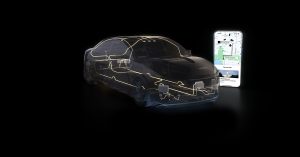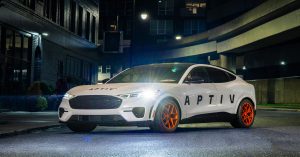The National Highway Traffic Safety Administration (NHTSA) has initiated a safety investigation into Ford’s BlueCruise, an advanced driver assistance system (ADAS), over concerns about its ability to detect stationary objects accurately. This probe follows multiple incidents where Ford vehicles equipped with BlueCruise were involved in crashes or near-misses due to potential system limitations.
Like most ADAS and automated driving technologies available today, Ford’s BlueCruise relies on a combination of cameras and radar to detect and classify objects, including other vehicles on the road. Features such as automated cruise control (ACC) and automatic emergency braking (AEB) use radar to maintain safe distances from vehicles ahead. However, the NHTSA’s preliminary investigation, which began in April 2024, revealed concerns regarding false detections of stationary objects, particularly at extended distances.
According to the NHTSA, Ford’s ACC is programmed to suppress certain responses when the vehicle’s speed reaches or exceeds 62 mph. This design choice may contribute to performance issues in real-world highway conditions. Additionally, the investigation found that BlueCruise’s object detection capabilities may be compromised in low-light environments, raising concerns about its reliability at night.
The probe has so far identified four frontal collisions involving Ford vehicles that struck either a stopped or slow-moving lead vehicle or another stationary object in a travel lane. Two of these incidents involved the Mustang Mach-E, a model equipped with BlueCruise. Through its analysis, the NHTSA concluded that Ford’s safety systems, including BlueCruise, played a role in these accidents.
“System limitations relating to the detection of stationary vehicles while traveling at highway speeds and in nighttime lighting conditions appear to be factors in collisions under investigation and several apparently similar near-miss, non-crash reports,” the agency noted in its report.
Currently, Ford offers BlueCruise on several models, including the Mustang Mach-E, F-150, F-150 Lightning, Explorer, and Expedition. However, the NHTSA’s ongoing investigation is focused specifically on the Mach-E, suggesting that this particular model may be experiencing a higher rate of issues compared to other vehicles equipped with the system.
Ford initially introduced BlueCruise in 2021 as a competitor to General Motors’ Super Cruise, another hands-free driving system. Both technologies allow drivers to operate their vehicles on pre-mapped highways without continuous manual input. According to Ford, BlueCruise is compatible with over 130,000 miles of roads across North America, making it one of the most widely available ADAS systems in the market.
This latest investigation underscores growing concerns over the effectiveness and safety of partially automated driving systems. While such technologies promise to improve driving convenience and safety, they remain susceptible to performance limitations, particularly in complex real-world driving scenarios. The outcome of the NHTSA’s probe could influence future regulatory actions, potentially leading to software updates, recalls, or stricter safety requirements for ADAS systems.
Ford has not yet issued a formal response to the NHTSA’s findings, but the automaker is expected to cooperate with the agency as the investigation progresses. As more data is gathered, regulators will determine whether further action is needed to address potential safety risks associated with BlueCruise.

